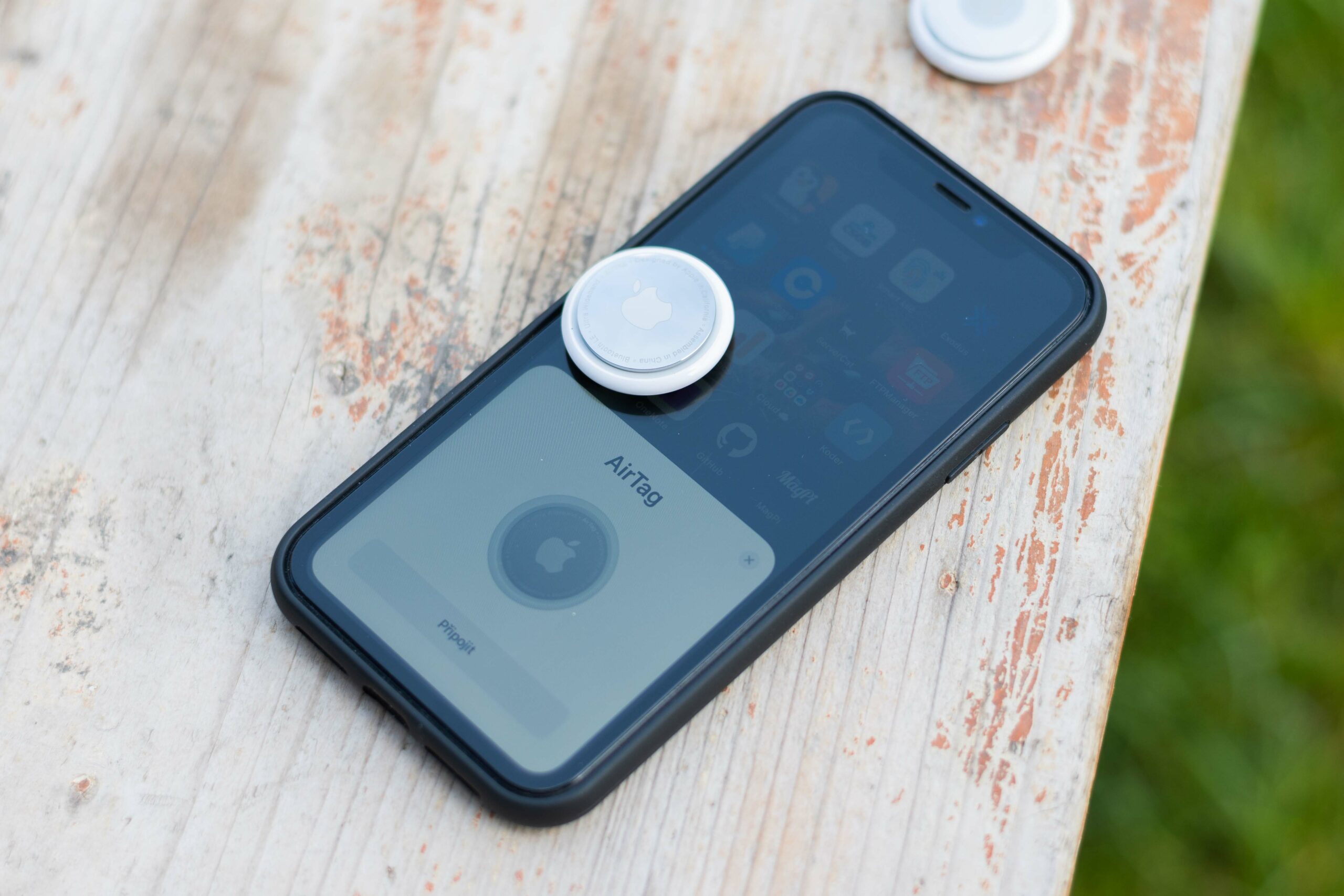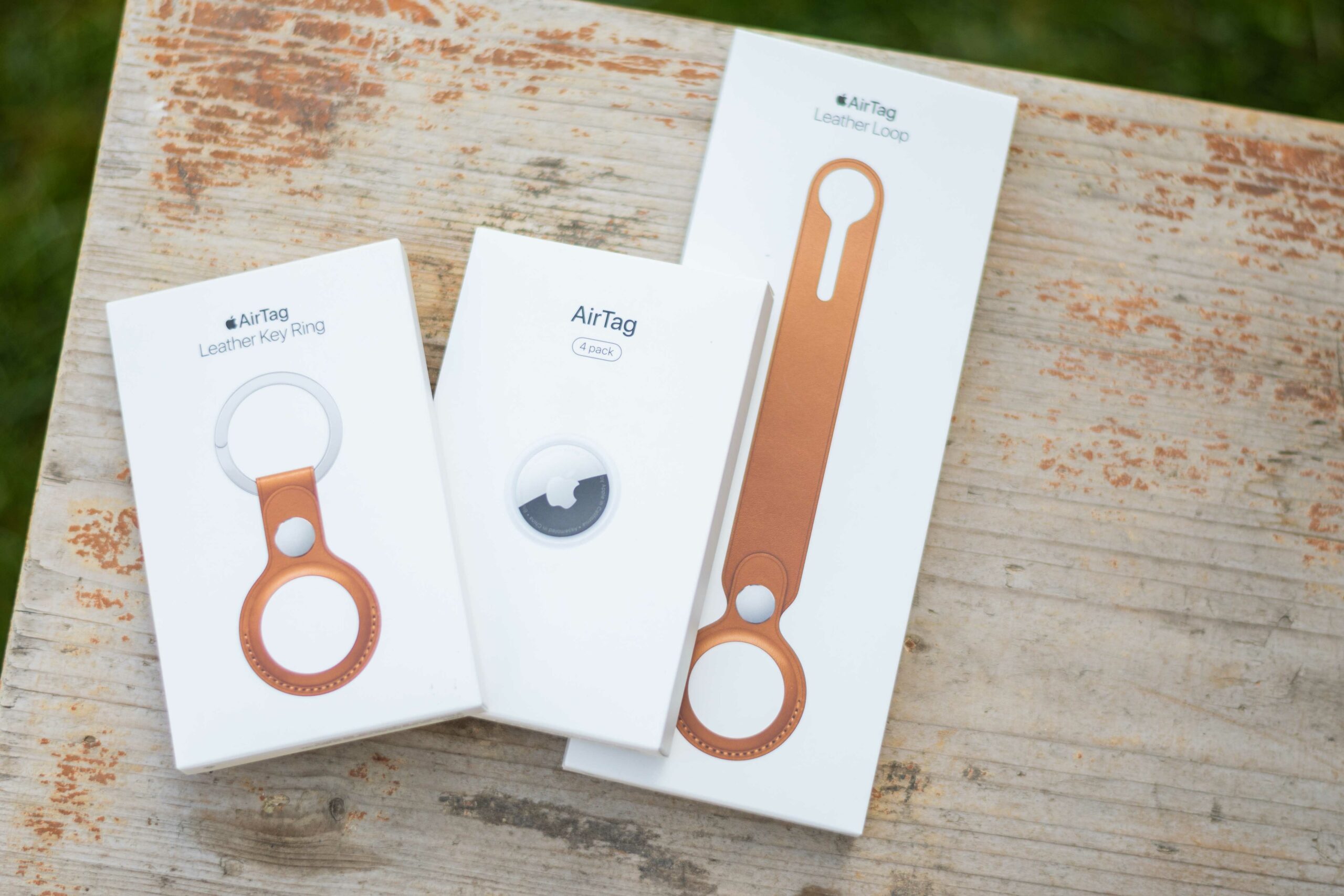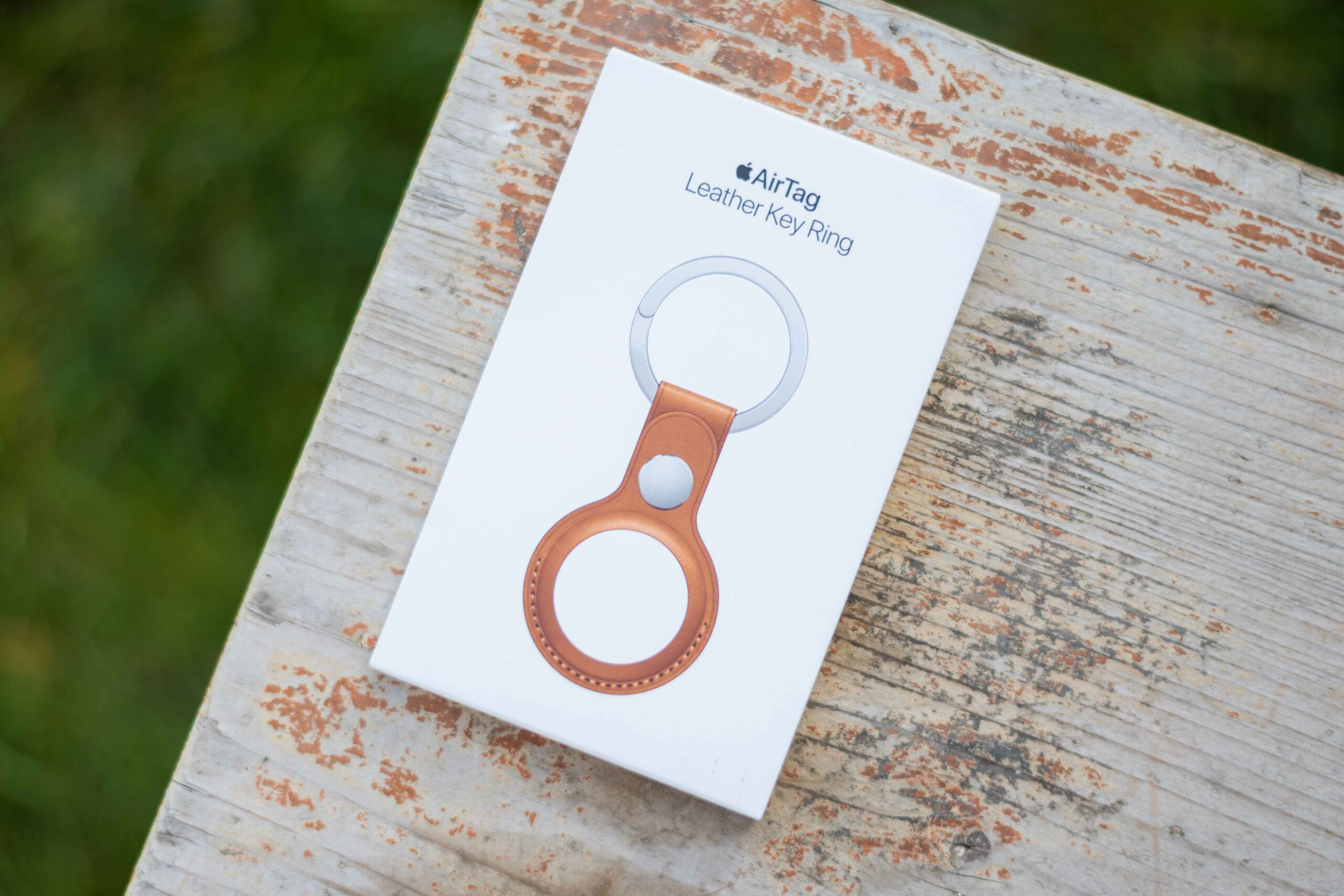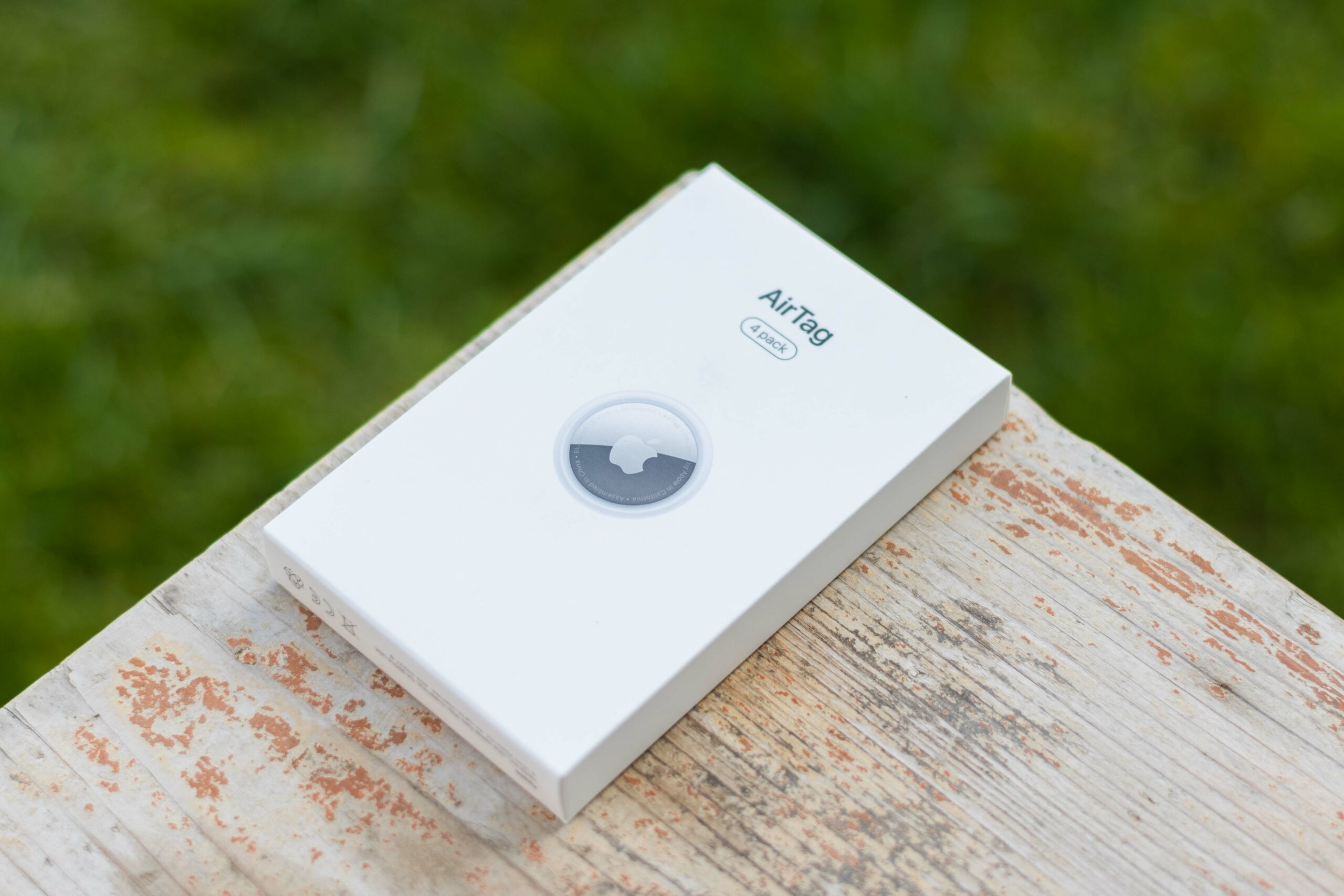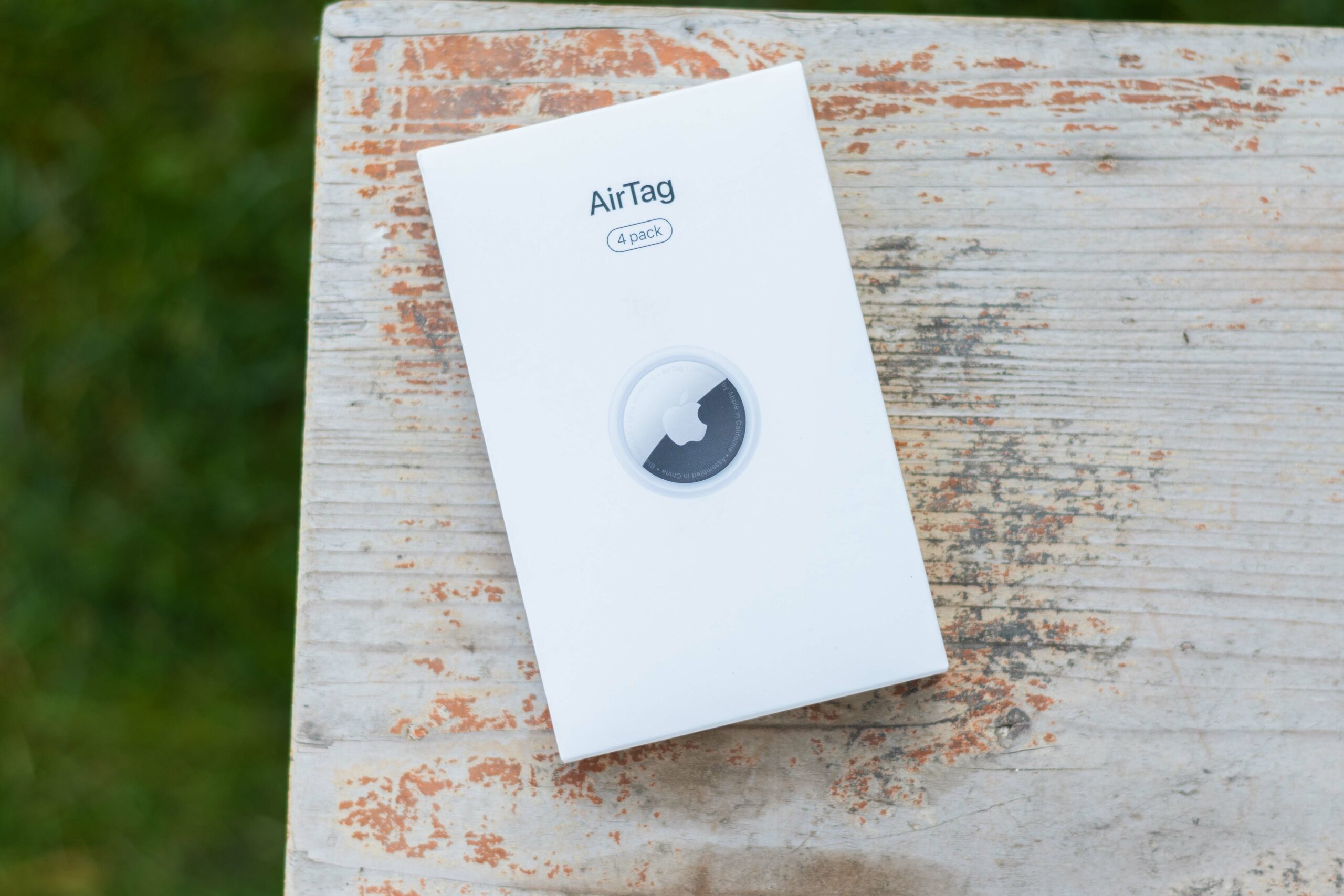Since its introduction, the AirTag locator pendant has enjoyed quite solid popularity. Apple users quickly fell in love with the product and, according to them, it works exactly as Apple promised. To make full use of its capabilities, an iPhone 11 and newer is of course needed, due to the U1 chip, which enables so-called precise searching, i.e. finding the AirTag with extreme accuracy. However, not everyone is satisfied with the chosen design. Andrew Ngai didn't want to put up with that, who decided on a "light" change.
For example, locators from the rival company Tile are available in several variants, and you can even get one that bears the design of a payment card. Ngai wanted to achieve a similar result. The reason was precisely that the AirTag, which itself has a thickness of 8 millimeters, could not easily be put in a wallet. After all, it was bulging and it simply didn't make a good impression. That's exactly why he threw himself into the rebuilding, and the result of his work is astounding. First, of course, he needed to remove the battery, which was the easiest part of the process. But then a more difficult task followed – to separate the logic board from the plastic case, which is connected to the components with glue. Therefore, the AirTag first had to be heated to about 65°C (150°F). Of course, the biggest challenge was reorganizing the CR2032 coin-cell battery, which itself is 3,2 millimeters thick.
At this point, the apple maker used additional wiring to connect the AirTag to the battery, since these components were no longer on top of each other, but right next to each other. In order for the result to have some shape, a 3D card was created and printed using a 3D printer. As a result, Ngai received a fully functional AirTag in the form of the aforementioned payment card, which fits perfectly in a wallet and is only 3,8 millimeters thick. At the same time, it is necessary to draw attention to the fact that with this intervention everyone loses the warranty and it should definitely not be undertaken by someone who does not have knowledge of electronics and soldering. After all, this was also mentioned by the creator himself, who damaged the power connector during this conversion and had to re-solder it afterwards.
- The AirTag locator can be purchased from Alza here in the package 1 pc a here in the package 4 pc
- The AirTag locator can be purchased at Mobile Emergency here in the package 1 pc a here in the package 4 pc
It could be interest you
